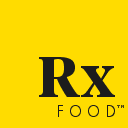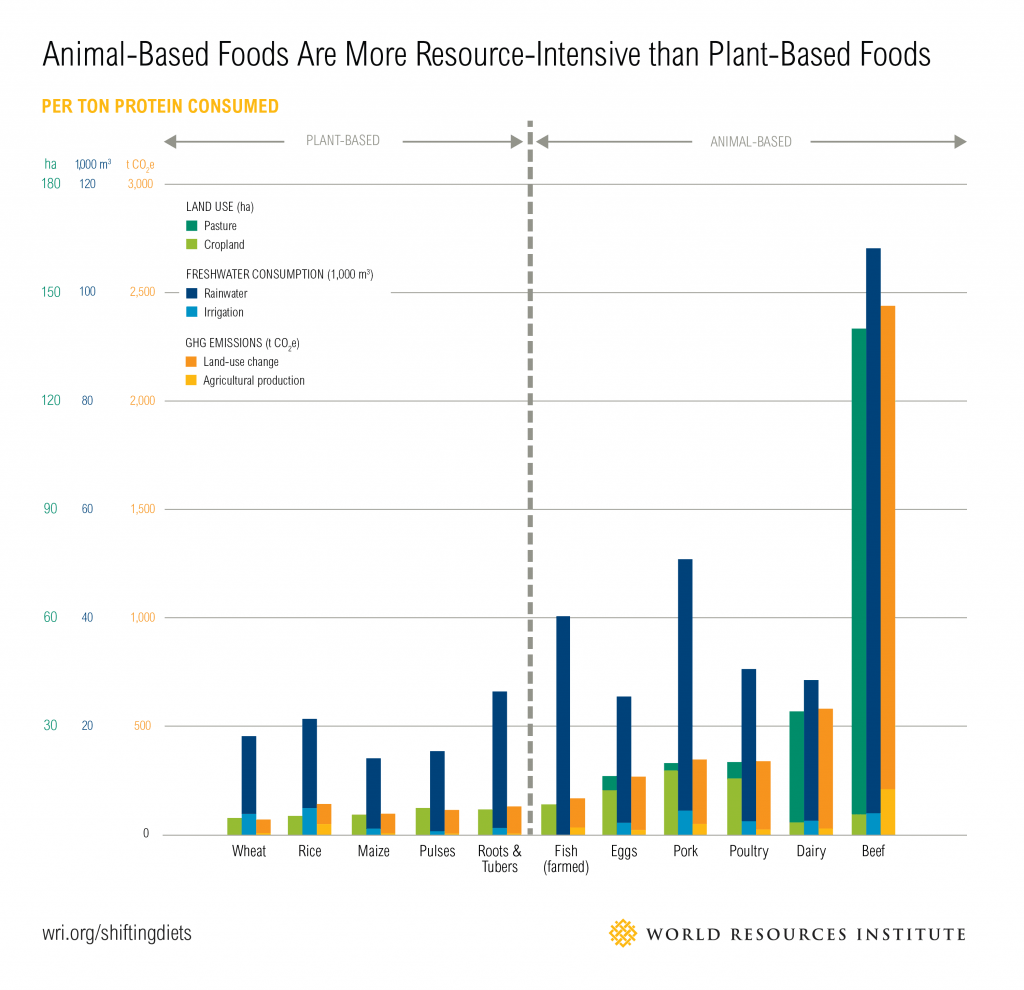Protein

Summary
Types of Protein: red meat, white meat, fish, plant protein
Protein is important for muscle development, hormone production, immune system function and more.
How much to eat:
Protein should make up 10-35% of total calories. Adults need at least 0.8g/kg/day of protein
Some people (e.g. more active, at risk of muscle loss, etc.) may need more (e.g. 1-1.5g/kg/day)
Some people (e.g. with advanced kidney disease) may be advised to eat less protein
Best Sources: lean meat such as chicken and turkey, fish, plant based proteins (e.g. seitan, tofu, edamame, green peas, lentils, legumes, spelt, quinoa, and nuts)
Minimize: processed meat
You can learn more about foods high in protein, recipes, and specific amino acids here.
There may be slightly health benefits to consuming more plant-based proteins
There are good environmental benefits to consuming more plant-based proteins (read more from EATLancet)
Protein Intake Estimator
How much to eat?
Protein recommendations for those over the age of 18 years are to eat at least 56g of protein per day for males, and 46g per day for women. For most people, protein requirements can more specifically be calculated based on your body weight using the calculator above.
Your health care professional can help you calculate this amount based on how active you are, if you have any chronic diseases, or experiencing certain types of stressors. In general, protein should make up 10-35% of your total calories.
Types of proteins – red/processed vs poultry vs fish vs plant
What is “packaged” with the protein is important. General recommendations are to limit the amount of red meat like cuts of beef, veal, lamb, goat, and pork as protein sources due to their higher content of saturated fats packed with the protein. Saturated fats are linked with increased risk of developing cardiovascular disease risk factors such as LDL cholesterol, which can narrow arteries, thus increasing the risk of coronary artery disease (heart attack), heart disease and stroke.
When sources of saturated fats such as red meats are replaced with sources of unsaturated fats and whole grains, the incidence of cardiovascular disease is reduced. Sources of unsaturated fats that can replace saturated fats to help achieve this benefit include nuts and seeds (like peanuts, walnuts, almonds and pecans, pumpkin seeds, sesame seeds and flax seeds), and fatty fish. Lean meats like chicken and turkey, as well as beans and legumes (like black beans, chickpeas, lentils and mung beans) can also help to reduce the amount of saturated fats consumed overall, while still providing adequate amounts of protein.
Processed meats, or meats that are preserved such as deli meats and hotdogs, are another type of protein source that should be limited due to their high sodium content, and content of carcinogens. Processed meats are also often red meat and higher in saturated fats. High intakes of processed meats have been moderately linked to certain types of cancers, type 2 diabetes and cardiovascular disease. Addition of plant based proteins of beans and legumes instead of red and processed meat increases our fibre intake which may help reduce risk of colon cancer, and the development of risk factors for cardiovascular disease.
Fish are a good source of protein, as well as omega 3 fatty acids. Omega 3 fatty acids are a type of unsaturated fatty acid, which have been associated with decreased risk of all-cause mortality, development of metabolic syndrome, and lower risk of cardiovascular disease. Recommendations are to consume fish/seafood twice a week to get the full benefits of omega 3 fatty acids.
Plant-based proteins may help reduce cardiovascular death and mortality. Examples of plant-based proteins include seitan, tofu, tempeh, edamame, green peas, lentils, chickpeas and other beans, some grains like spelt and teff, quinoa, and nuts.
The environment
Some proteins are less resource intensive:

